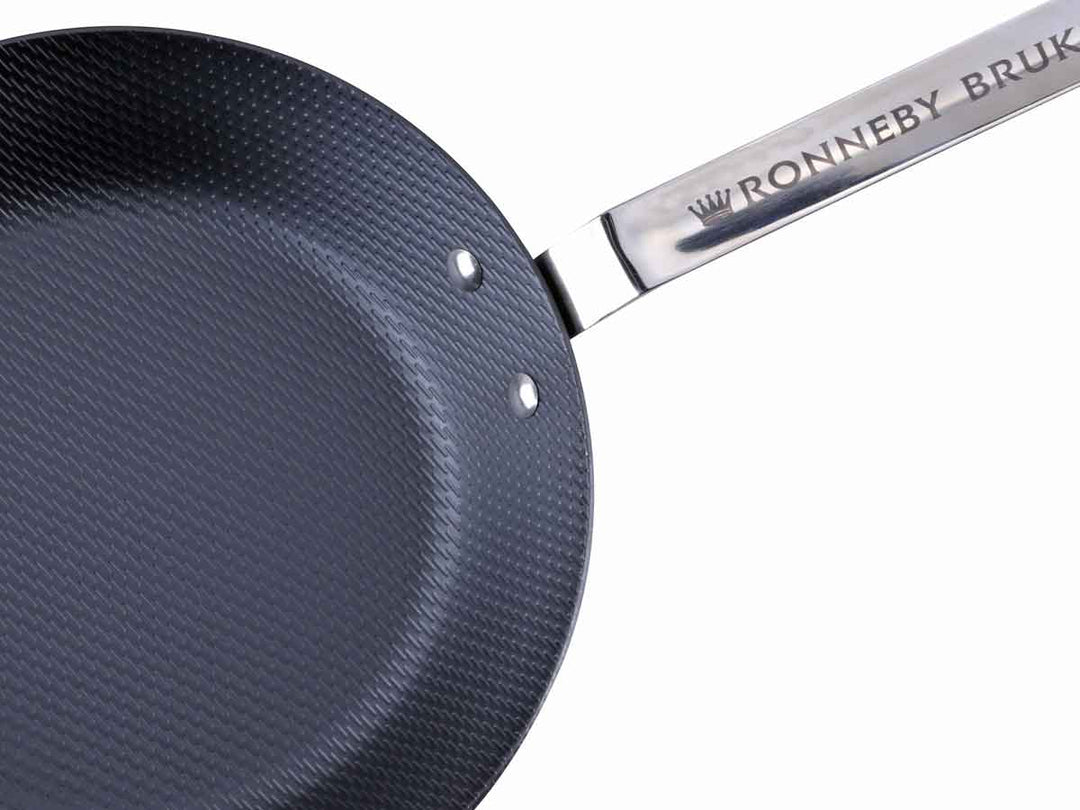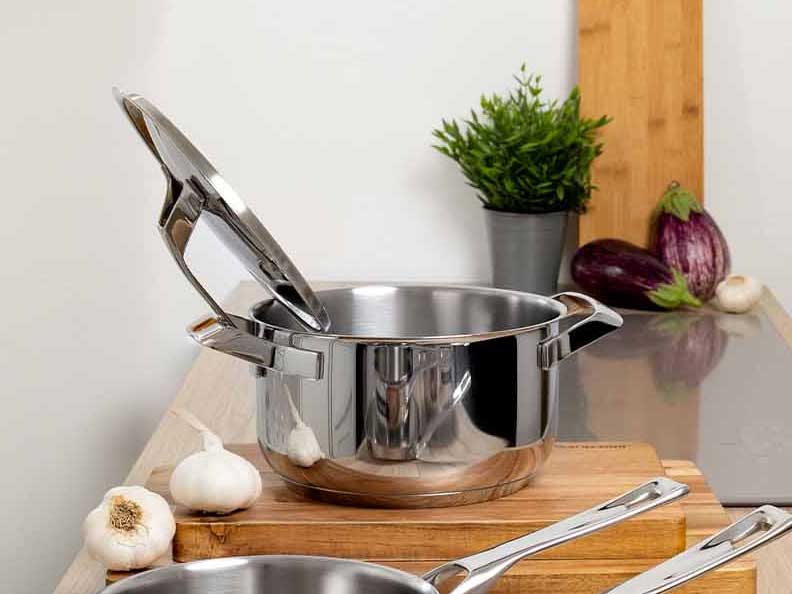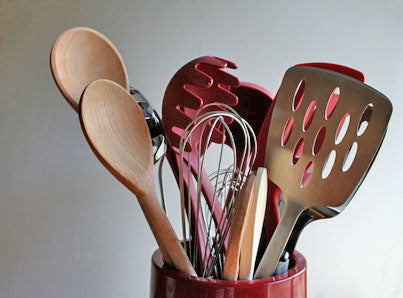How to Take Care of Non-Stick Pans – and Cook Better for Longer
How to Take Care of Non-Stick Pans – Keep the Coating Intact for Years
Non-stick pans have been a kitchen essential for decades. PTFE-coated pans in particular are light, easy to handle, and ideal for low-fat frying. A few simple rules are key to ensuring that the non-stick coating stays effective for a long time.
PTFE Coating – Proven and PFOA-Free
Classic non-stick coatings are based on PTFE (fluoropolymer technology) and offer excellent non-stick performance. Good to know: All modern PTFE coatings are legally required to be PFOA-free, even if this is not stated on the packaging.
Overheating Is Enemy No. 1
More than 99% of serious coating damage is caused by one single episode of overheating. It happens quickly – for example, when a pan is heated empty on a powerful hob. The result: loss of non-stick performance, discolouration, blistering or peeling.
- Never heat an empty pan: Always add a little oil or lightly oil the surface.
- Use the oil as a warning signal: Its smoke point tells you when the pan is getting too hot.
- Choose oils wisely: Unrefined / cold-pressed oils often have low smoke points and are not suitable for frying.
Use Moderate Cooking Temperatures
- Non-stick pans don’t need maximum heat – medium settings are enough (e.g. 6 out of 10).
- On induction hobs, avoid using the power/booster function even for preheating.
- Pans with a thick base need a little more time to heat up – patience, not more heat.
Use Suitable Utensils Only
- Wood, bamboo, plastic or silicone are safe to use.
- Avoid using metal utensils, cutting or scraping on the surface – even on robust coatings.
Cleaning – Simple but Thorough
- Hot water, washing-up liquid and a microfibre cloth are sufficient.
- Pre-clean with a soft dish brush if needed.
- Simply wiping with kitchen paper is not enough.
- Always follow the manufacturer’s instructions regarding dishwasher use.
Gentle Storage
Never stack coated cookware without protection. Use pan protectors or a thick tea towel as a spacer to avoid pressure marks or scratches.
Conclusion: Long-Lasting Non-Stick Performance with the Right Care
A good non-stick pan can last for many years if handled correctly. Avoid overheating, clean gently and store carefully – and you’ll enjoy perfect non-stick results for a long time.
Tip: Looking for a non-stick pan without PTFE / PFAS? Check out our ceramic-coated pans.







